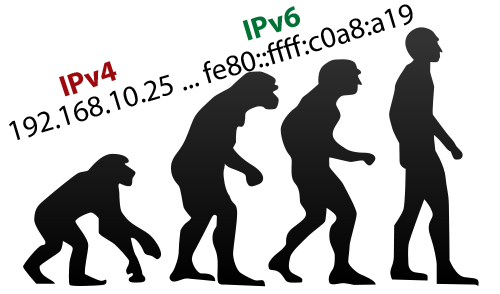Often this comes into the subnetting discussion by my friends who are deploying IPv6 for the first time. How do you calculate subnets outside the 4-bit nibble boundary? This also happens to be one of starting points of APNIC IPv6 routing workshop where I occasionally instruct as community trainer.
So what is a Nibble boundary?
In IPv6 context, it refers to 4 bit and any change in multiple of 4 bits is easy to calculate. Here’s how: Let’s say we have a allocation: 2001:db8::/32. Now taking slices from this pool within 4 bit boundry is quite easy. /36 slices (1 x 4 bits) 2001:db8:0000::/36 2001:db8:1000::/36 2001:db8:2000::/36 and so on… /40 slices (2 x 4 bits) 2001:db8:0000::/40 2001:db8:0100::/40 2001:db8:0200::/40 /44 slices (3 x 4 bits) 2001:db8:0000::/44 2001:db8:0010::/44 2001:db8:0020::/44 /48 slices (4 x 4 bits) 2001:db8:0000::/48 2001:db8:0001::/48 2001:db8:0002::/48 Clearly, it seems much simple and that is one of the reasons we often strongly recommend subnetting within the nibble boundary and not outside for all practical use cases. However understanding why it’s easy this way, as well as things like how to subnet outside nibble boundary for cases, say if you are running a very large network and have a /29 allocation from RIR.
 One of my friend went for a VM with a German hosting provider. He got single IPv4 (quite common) and a /64 IPv6. Overall /64 per VM/end server used to be ok till few years back but now these days running applications inside
One of my friend went for a VM with a German hosting provider. He got single IPv4 (quite common) and a /64 IPv6. Overall /64 per VM/end server used to be ok till few years back but now these days running applications inside